Paleochristian and Byzantine monuments of Thessaloniki
The city of Thessaloniki in Macedonia, Greece, for several centuries the second-most important city of the Byzantine Empire, played an important role for Christianity during the Middle Ages and was decorated by impressive buildings. In 1988, fifteen monuments of Thessaloniki were listed as UNESCO World Heritage Sites:[1][2]
- City Walls (4th/5th centuries)
- Rotunda of Saint George (4th century)
- Church of Acheiropoietos (5th century)
- Church of St. Demetrios (7th century)
- Latomou Monastery (6th century)
- Church of St. Sophia (8th century)
- Church of Panagia Chalkeon (11th century)
- Church of St. Panteleimon (14th century)
- Church of the Holy Apostles (14th century)
- Church of St. Nicholas Orphanos (14th century)
- Church of St. Catherine (13th century)
- Church of Christ Saviour (14th century)
- Blatades Monastery (14th century)
- Church of Prophet Elijah (14th century)
- Byzantine Bath (14th century)
| UNESCO World Heritage Site | |
|---|---|
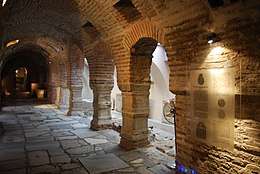 Inside the crypt of Hagios Demetrios | |
| Location | Thessaloniki, Macedonia, Greece |
| Criteria | Cultural: (i), (ii), (iv) |
| Reference | 456 |
| Inscription | 1988 (12th session) |
| Area | 5.327 ha (13.16 acres) |
| Coordinates | 40°38′18″N 22°57′54″E |
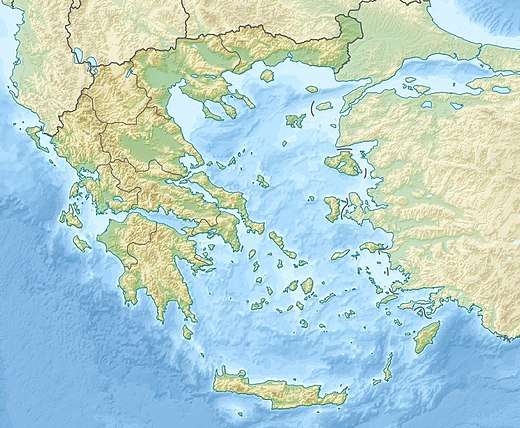 Location of Paleochristian and Byzantine monuments of Thessaloniki in Greece | |
Gallery


 Interior of Rotunda
Interior of Rotunda

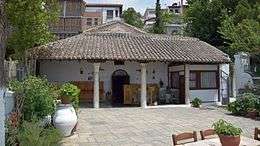
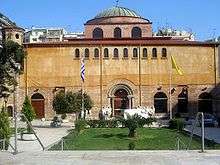


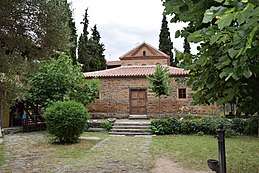
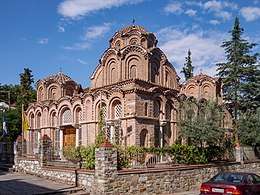
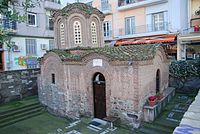
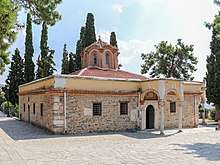
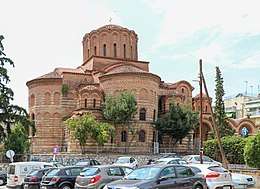

gollark: I want a 2G SAltkin, and have an IOU for one going, but I've not gotten any on my ND trade unfortunately.
gollark: Kill it.
gollark: See, NDs involve *skill*.
gollark: Ignoring SAlts, I mean.
gollark: I actually think NDs should be rarest.
References
- "Paleochristian and Byzantine Monuments of Thessalonika". UNESCO. Retrieved 30 July 2012.
- "ΠΑΓΚΟΣΜΙΑ ΠΟΛΙΤΙΣΤΙΚΗ ΚΛΗΡΟΝΟΜΙΑ UNESCO: Παλαιοχριστιανικά και Βυζαντινά μνημεία Θεσσαλονίκης" (in Greek). Hellenic National Commission for UNESCO. Archived from the original on 27 June 2012. Retrieved 30 July 2012.
External links
- Παλαιοχριστιανικά και βυζαντινά μνημεία Θεσσαλονίκης. ODYSSEUS Portal (in Greek). Hellenic Ministry of Culture. Retrieved 24 July 2012.
This article is issued from Wikipedia. The text is licensed under Creative Commons - Attribution - Sharealike. Additional terms may apply for the media files.

.jpg)
